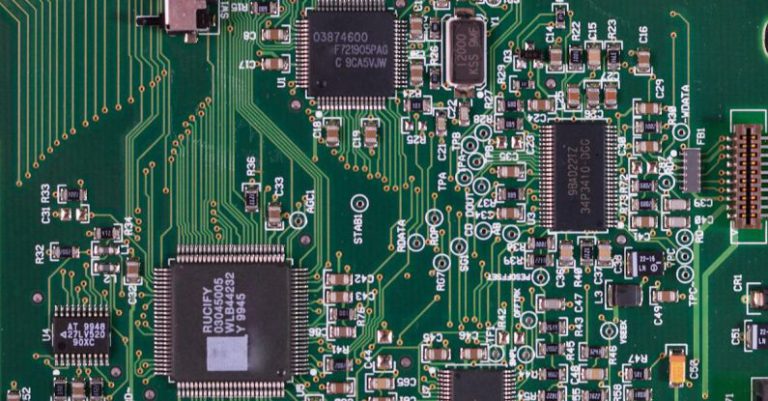How to Choose the Right Components for Your First Build
Embarking on your first build is an exciting endeavor that allows you to customize your computer to suit your specific needs and preferences. However, with a myriad of components available in the market, choosing the right ones can be a daunting task. To ensure a successful and satisfying build, it is essential to carefully select each component that will make up your system. In this article, we will guide you through the process of choosing the right components for your first build.
Research and Planning
Before diving into the world of PC components, it is crucial to conduct thorough research and planning. Familiarize yourself with the different types of components available, their functions, and compatibility with each other. Make a list of the components you will need, such as the CPU, GPU, motherboard, RAM, storage, power supply, and case.
Consider Your Budget
Setting a budget is a crucial step in selecting the right components for your build. Determine how much you are willing to spend on each component and prioritize the ones that are most important to you. Remember that investing in quality components will result in better performance and longevity for your system.
CPU: The Brain of Your System
The CPU, or Central Processing Unit, is the brain of your computer and plays a significant role in determining its performance. When choosing a CPU, consider factors such as the number of cores, clock speed, and compatibility with your motherboard. Decide whether you need a high-performance CPU for tasks such as gaming or video editing, or if a mid-range option will suffice for your needs.
GPU: Graphics Powerhouse
The Graphics Processing Unit, or GPU, is responsible for rendering graphics and images on your screen. For gaming or graphic design purposes, a powerful GPU is essential. Consider factors such as VRAM capacity, clock speed, and cooling solutions when selecting a GPU for your build. Choose a GPU that is compatible with your monitor’s resolution and refresh rate for optimal performance.
Motherboard: The Backbone of Your System
The motherboard serves as the backbone of your system, connecting all the components together. When choosing a motherboard, consider factors such as socket type, chipset, form factor, and expansion slots. Ensure that the motherboard is compatible with your chosen CPU and has the necessary features for future upgrades.
RAM: Memory Matters
Random Access Memory, or RAM, is essential for multitasking and running applications smoothly. When selecting RAM for your build, consider factors such as capacity, speed, and latency. Choose a RAM kit that is compatible with your motherboard and provides enough memory for your computing needs.
Storage: Where Your Data Lives
Storage is where your operating system, programs, and files are stored. There are two main types of storage: Solid State Drives (SSD) and Hard Disk Drives (HDD). SSDs offer faster read and write speeds, while HDDs are more affordable and offer larger storage capacities. Consider your storage needs and budget when choosing between SSDs and HDDs for your build.
Power Supply: Providing the Juice
The power supply unit (PSU) is responsible for providing power to all the components in your system. When selecting a PSU, consider factors such as wattage, efficiency rating, and modular vs. non-modular design. Choose a PSU that provides enough power for your components and is from a reputable manufacturer to ensure reliability and safety.
Case: Protecting Your Components
The case houses all your components and protects them from dust, debris, and damage. When choosing a case for your build, consider factors such as form factor, airflow, cable management, and aesthetics. Select a case that accommodates your chosen components, provides good airflow for cooling, and has a design that appeals to you.
Putting It All Together
Once you have selected all the components for your build, it’s time to put them together. Follow the manufacturer’s instructions and use proper tools to assemble your system carefully. Take your time and double-check all connections to ensure that everything is properly installed.
In conclusion, choosing the right components for your first build is a crucial step in creating a functional and personalized computer system. By conducting research, setting a budget, and carefully selecting each component based on your needs and preferences, you can build a system that meets your requirements and provides a rewarding computing experience. Happy building!






